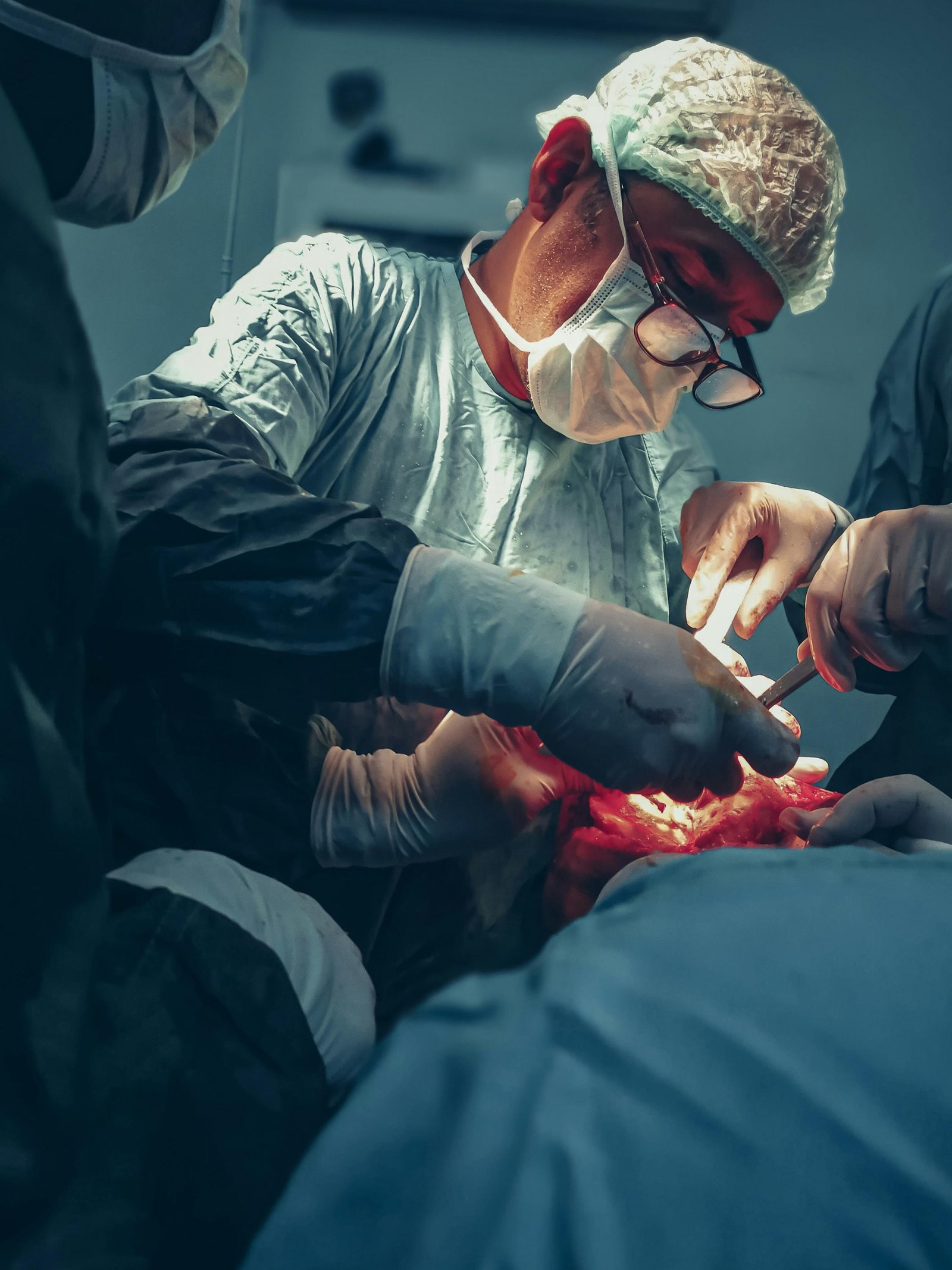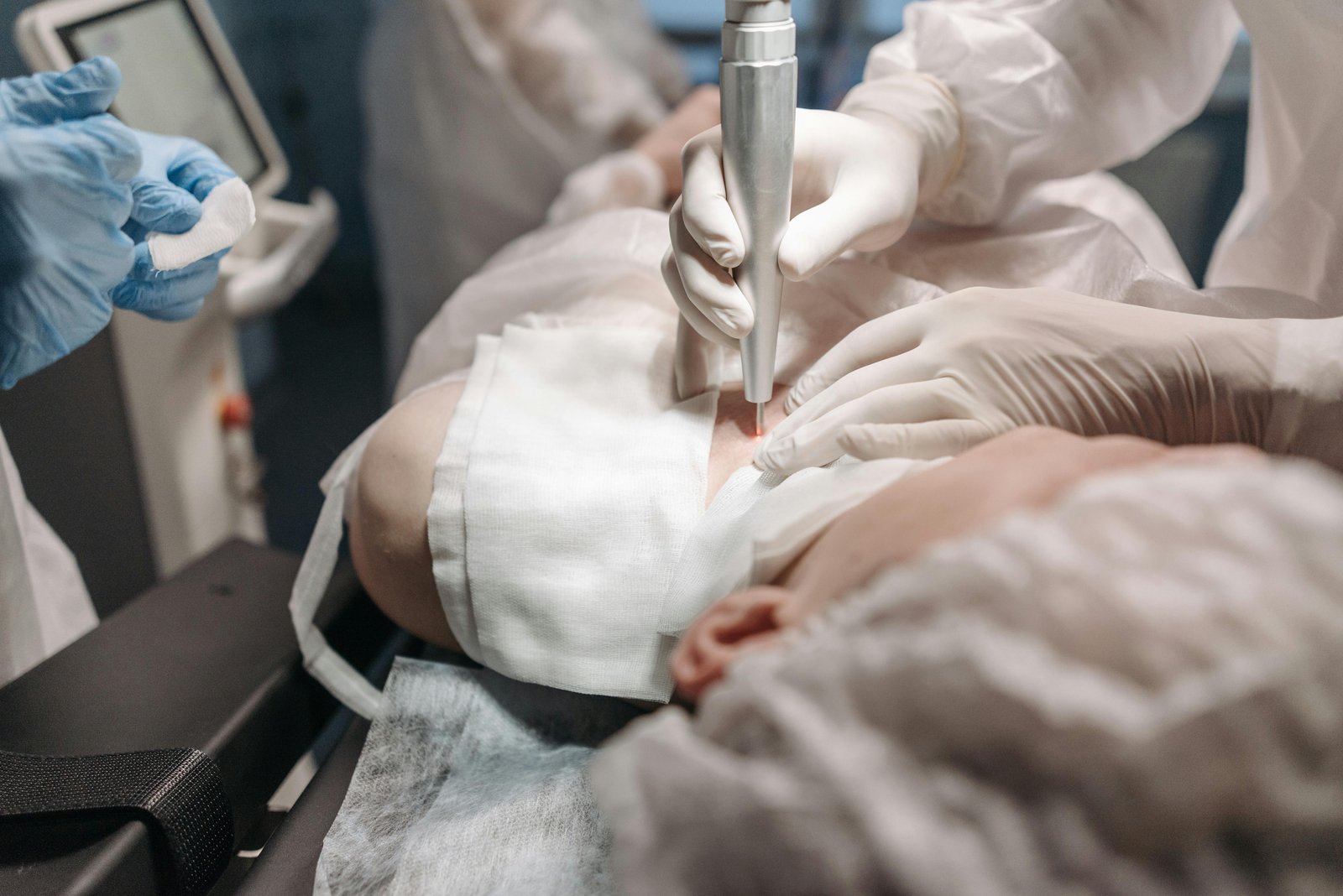
At the practice of Dr. Ajai K.S, we specialize in highly focused surgical interventions that aim to restore movement, sensation, and function in patients affected by nerve damage, trauma, or congenital challenges.
With advanced training in microsurgical techniques and a patient-first philosophy, we deliver personalized care across three core specialties.Whether you’re recovering from an accident, managing a long-standing nerve issue, or seeking to regain function after paralysis,our goal is to provide expert care that gives you your life back—safely, compassionately, and effectively.
What is reconstructive surgery?
Reconstructive surgery aims to restore form and function after trauma, congenital deformities, cancer surgeries, or severe burns. It involves replacing or rebuilding muscles, tendons, bones, or skin to enable normal or near-normal movement, appearance, and quality of life.
- Complex upper limb trauma with nerve/muscle/tendon loss
- Post-burn contractures and scar deformities
- Facial palsy and soft tissue loss
- Failed previous surgeries or late nerve injuries

What are the Surgical Techniques?
- Tendon transfers: Rerouting functioning tendons to restore motion in paralyzed joints
- Local or free flap coverage: Using tissue from another part of the body (e.g., thigh or forearm) to cover exposed bone/nerves
- Microsurgical free tissue transfer: Connecting vessels and nerves under a microscope for restoring complex function
- Scar revision and skin grafting: To improve mobility and appearance
How long is the recovery?
Patient Experience & Recovery:
- Immobilization varies depending on the procedure
- Dressings and flap monitoring critical in the first 72 hours
- Physiotherapy is initiated early to prevent stiffness and maximize motion
- Long-term support for hand re-education and adaptation
Recovery Period:
- Tissue healing: 2–3 weeks
- Rehabilitation: 1–3 months depending on surgery type
- Final aesthetic/functional outcome: up to 12 months
Frequently asked questions
Reconstructive surgery restores normal appearance and function after trauma, burns, birth defects, or nerve damage. It can involve muscle or tendon transfers, flap coverage, and scar revision.
No. While aesthetic restoration is a benefit, the primary goal is functional recovery—helping patients regain movement, reduce pain, and return to daily activities.
Scars are often minimized using advanced techniques and careful placement. Scar revision is also part of the reconstructive plan, especially in visible or functionally limiting areas.

